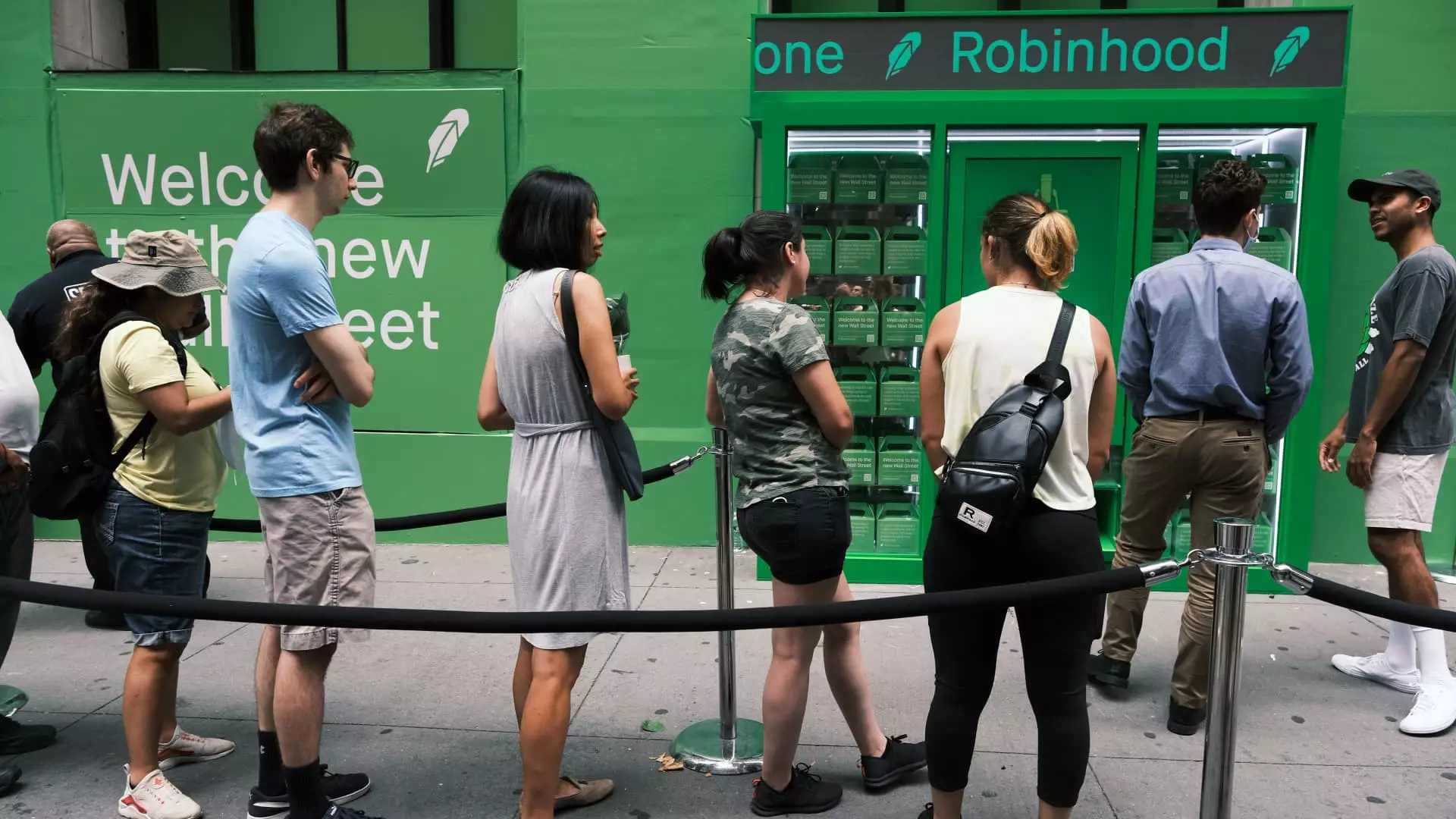The recent decline in tech stocks, particularly in the fintech sector, illuminates an unsettling truth: the market is in turmoil, and fintech is bearing the brunt of it. It’s astonishing to witness how quickly fortunes can change in this volatile landscape. With the Nasdaq plunging at its sharpest rate since 2022, companies that once basked in the glow of high valuations are now facing an existential crisis. A 20% drop for Robinhood, an 18% plunge for Coinbase, and a staggering 17% loss for Strategy underscore the bitter reality for investors.
The Crypto Conundrum: Downward Spiral
The catastrophic fall of bitcoin, which has declined nearly 19% in a month, serves as a significant catalyst for this downturn. Rather than being a safe haven or sound investment, cryptocurrencies continue to demonstrate their erratic nature. The almost 5% drop on any given day is a harsh reminder of the turbulence that accompanies digital currencies. What was once touted as the future of finance now resembles a precarious gamble, reflecting a broader skepticism that is beginning to permeate the fintech space.
Consumer Confidence on the Edge
The ripple effects extend into consumer-facing fintech companies, where the anxiety of shrinking consumer confidence looms large. Data from the Conference Board revealed a plunge in the consumer confidence index to 98.3, marking its most significant fall since August 2021. This stark decline is a signal for online lenders and payment companies—players that thrive on consumer spending—who could find their growth dreams dashed as spending retracts in favor of essentials. Affirm’s 11% drop and SoFi’s parallel fall are telling signs that everything is not well in the fintech garden.
The Spending Shift: A New Normal?
Recent reports from retail giants about a pivot away from discretionary spending further exacerbate the fears enveloping fintech firms. Walmart’s findings, in particular, send a strong message: consumers are tightening their belts, and this could alter the dynamics of consumer engagement forever. Companies like Shopify, which rely on a robust flow of online transactions, are likely to find themselves grappling with a new, less lucrative shopping environment.
Promises of Growth in Uncertain Times
The fourth-quarter rally, spurred by bullish anticipations surrounding Fed rate cuts and an optimistic regulatory environment, now feels like a distant memory. The irony? The same forces that once fueled hope are now results of misguided optimism, revealing a sentiment that has rapidly soured. As JPMorgan’s analysts astutely pointed out, while the fintech sector slightly outperformed the S&P 500 since the elections, fervor has dissipated amidst the specter of declining consumer confidence.
In sum, we are entering a precarious phase where fintech, once seen as a beacon of innovation and opportunity, faces jeopardy from a combination of consumer hesitancy and volatile markets. The landscape is no longer just about technological advancement, but rather about survival amidst a climate of unpredictability and apprehension. As this cycle continues, we should brace ourselves for further turbulence ahead.

Leave a Reply